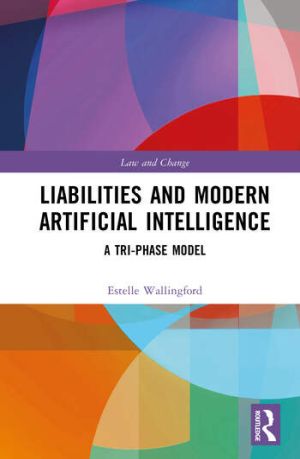
This book addresses how private law liability should be assigned in contexts where modern forms of AI are deployed.
AI as a technology holds the potential to radically improve global society, yet the pace of its advancement far outstrips the pace at which legal systems are responding. This book explores legal approaches to AI, how AI should be legally characterised, and proposes an overarching theoretical liability framework termed the Tri-Phase AI Liability Model. This framework is flexible in nature and considers the type of AI, the context in which it is deployed, who has the most control over the AI system and the capacity of a deployed AI. In response, this book brings greatly needed clarity to the evolving landscape of AI governance, aiding in resolving existing and emerging private law challenges.
This book is a timely response to the urgent need to resolve private law liabilities and will appeal to legal professionals, policymakers, and scholars looking to understand or contribute to the current and future governance of AI within private law.